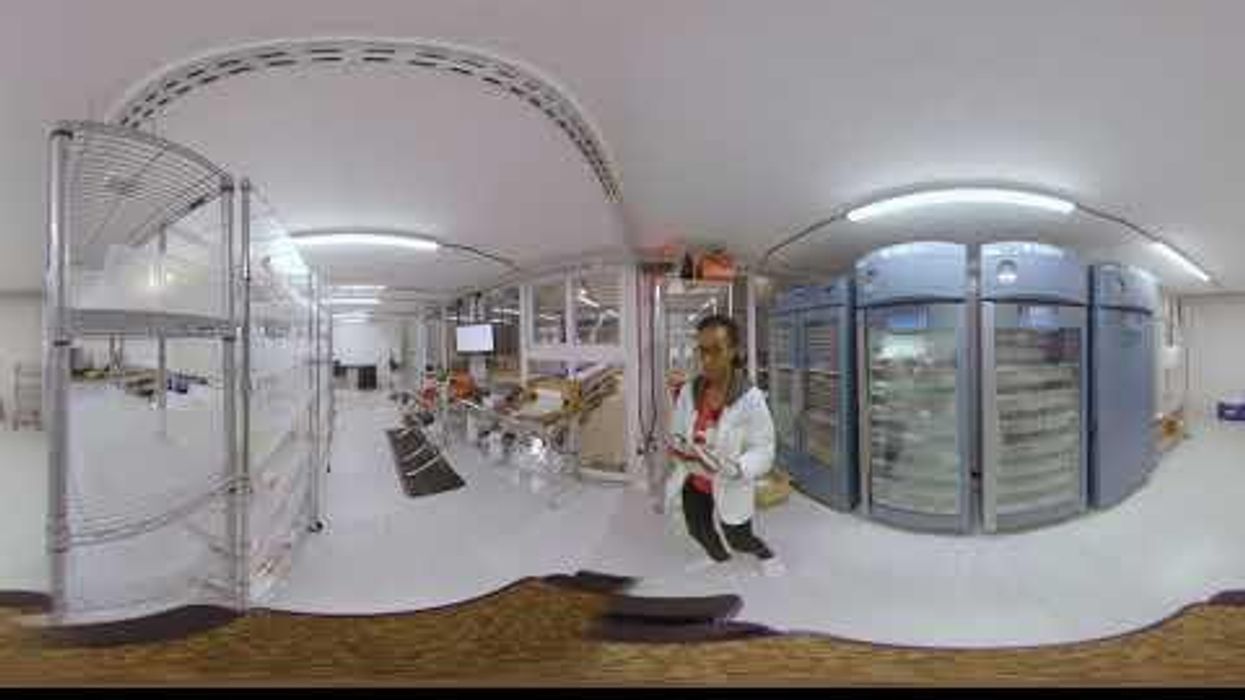The phrase “desktop fabrication” has for the most part meant 3D printers and laser cutters. There are also small computer-numerical-control (CNC) mills and routers to be had, but until now you’d be hard pressed to find a small computerized machine hefty enough and flexible enough to cut complicated patterns in, say, steel. And you’d be totally out of luck if your material of choice was glass or ceramic.
That may be about to change, thanks to Wazer, which yesterday began offering Kickstarter backers the possibility of purchasing a small-scale water-jet cutter appropriate for DIYers or small businesses.
The company was founded by several young engineers who first met as students at the University of Pennsylvania, where they were involved in building small race cars and found themselves tediously fabricating many flat steel components by hand. “Even Penn didn’t have a water jet,” says Nisan Lerea, Wazer’s CEO. That frustration led Lerea and his colleagues to build a low-cost water jet as a senior design project in mechanical engineering.
Water jets cut through material using a narrow, high-pressure stream of water that (typically) carries abrasive particles. While this is a standard industrial process, it’s been limited to settings where there’s plenty of room and even more money. The least expensive one I could readily price starts at upwards of US $42,000.
Industrial water jets operate at anywhere from 60,000 to 90,000 pounds per square inch (414,000 to 621,000 kilopascals), says Lerea. “We’ve lowered the pressure so as to use off-the-shelf components from other industries.” As a result, the Wazer cuts relatively slowly, but if you’re not in industrial production, this shouldn’t matter much. More important is gaining the ability to cut things you couldn’t otherwise manage. “What a laser cutter does for plastics, we’re trying to do for metal and glass,” says Lerea, who claims that the Wazer can cut through 4-millimeter-thick steel with about 1 mm of kerf—and that the borders of the cut are smooth.
The engineers at Wazer have designed their machine to run on 110 volts. Its 12-inch-by-18-inch (30-cm-by-46-cm) working bed is fully enclosed, so you could presumably put it in a small workshop and not end up with a watery mess everywhere.
The machine being offered on Kickstarter costs between US $3,599 and $4,499, depending on how earlier you sign up for one. Retail pricing will be $5,999 once the company goes into regular production late in 2017, which is still low enough to be in a very different category from any water jet you can buy now.
While $6,000 is more than a casual DIYer would likely be willing to spend, it’s easy to imagine groups investing in one. And it opens up this technology to small businesses and tradespeople—I can imagine some more-creative tile installers getting very jazzed about this, for example.
What remains to be seen, of course, is whether this team will really be able to meet what is surely a huge engineering challenge: turning what is ordinarily a messy, expensive, and high-maintenance industrial cutting machine into something cheap and user-friendly enough to inhabit a hacker space or garage workshop. Only time will tell, but I’m certainly keeping my fingers crossed.



